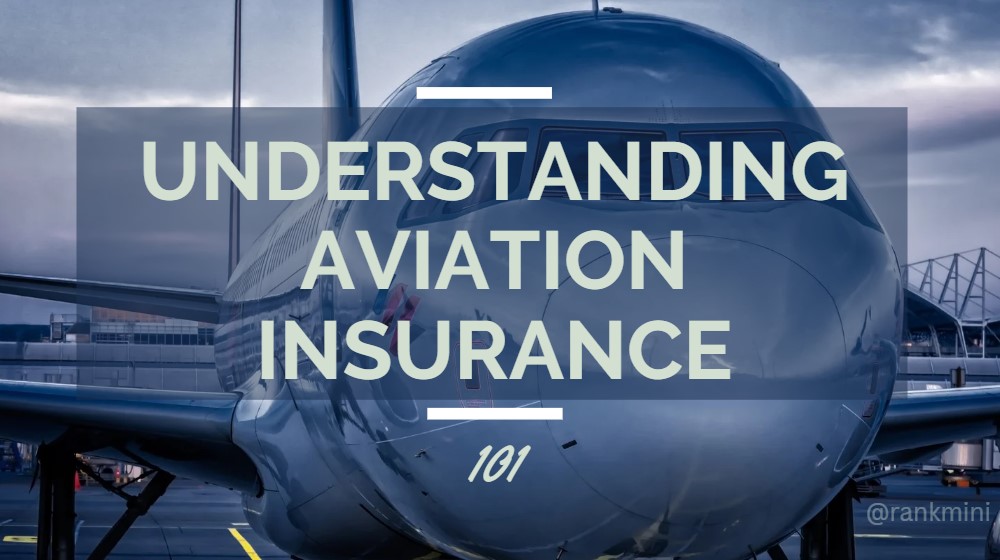Aviation insurance isn’t just a protective measure, it’s a cornerstone of the entire aviation infrastructure. Without it, the inherent risks of flying could jeopardize operations, limit innovation, and shake public confidence. But with the right coverage, aviation businesses and operators can navigate challenges with resilience, ensuring growth and sustainability for years to come.
At the core of this airborne performance is aviation insurance, a critical force ensuring the industry’s security. Let’s dive deeper into how aviation insurance safeguards the aviation industry. Aviation insurance is designed to manage the unique risks of air travel. It covers a broad range of scenarios, from damage to aircraft to legal liabilities involving passengers or third parties. This comprehensive protection is essential to maintain the aviation industry’s safety standards, ensuring smooth and secure operations across all levels.
Aviation insurance Coverage Types
Aircraft Hull and Liability Insurance
At the heart of any aviation insurance policy is aircraft hull and liability insurance. This coverage handles physical damage to the aircraft and potential liabilities if the aircraft causes property damage or injury. It provides a critical layer of security for aircraft owners and operators, ensuring their investments are protected, while also reinforcing public confidence in the safety of air travel.
Passenger and Third-Party Liabilities
Passenger and third-party liability insurance are key elements of aviation coverage. This insurance protects airlines from legal consequences if passengers are injured or third parties are affected by accidents. By covering these risks, aviation insurance highlights the industry’s focus on the well-being of all involved, ensuring that both passengers and those on the ground are protected from unforeseen events.
Ground Risk Hull Insurance
An essential but often overlooked part of aviation insurance is ground risk hull insurance. This type of coverage applies when an aircraft is not in flight, protecting against damage while parked, during maintenance, or while being towed. Since airplanes are exposed to numerous hazards even when stationary like collisions, fires, or severe weather—this coverage ensures that operators are protected from financial losses before the aircraft ever leaves the ground.
In-Flight Insurance
In-flight insurance is another crucial component, covering damage to the aircraft during flight. This insurance is particularly critical due to the high risks associated with flying, including adverse weather conditions, bird strikes, or even mid-air collisions. In-flight coverage not only provides financial protection but also peace of mind for pilots and airline operators, knowing that their assets are safeguarded against a wide array of airborne threats.
Cargo Insurance
Another specialized area is cargo insurance, which protects the goods being transported by air. Whether an airline is transporting valuable equipment, medical supplies, or personal belongings, cargo insurance ensures that any damage or loss is covered. This is particularly important for commercial airlines and freight carriers, where the value of transported goods can be substantial. By covering these risks, airlines can offer their clients the assurance that their cargo is safe, even in the case of accidents or delays.
The Role of Aviation Insurance
Navigating Risks and Uncertainties
Aviation is a complex industry, facing everything from weather disturbances to stringent regulations. These challenges can pose significant risks, but aviation insurance provides the tools to manage and minimize these uncertainties. With robust coverage in place, the industry can continue to operate confidently despite the inevitable difficulties.
Building Trust and Safety
Aviation insurance doesn’t just protect physical assets, it also fosters trust. It reassures airlines, investors, and passengers that risks are managed responsibly, building confidence in the entire aviation ecosystem. By reinforcing the commitment to safety, aviation insurance helps maintain the industry’s reputation for reliability and resilience.
The Future of Aviation Insurance
As the aviation industry evolves with new technologies, so too must aviation insurance. The emergence of drones, autonomous aircraft, and other cutting-edge innovations present both opportunities and challenges. While these advancements promise greater efficiency and lower operational costs, they also introduce new risks that require tailored insurance solutions.
Drone Insurance
With the rise of drones for commercial and recreational purposes, drone insurance has become a growing segment within the aviation insurance market. Drones are being used for everything from photography and surveillance to package delivery, and the potential for accidents or misuse is high. Drone insurance covers not only physical damage to the drone itself but also liabilities resulting from accidents, such as injuries or property damage. As drone usage expands, this coverage will be essential for both businesses and individuals operating in this new aerial frontier.
Autonomous Aircraft Insurance
Similarly, the development of autonomous aircraft is pushing the boundaries of aviation. While self-piloted planes could revolutionize travel, they also come with heightened concerns about software malfunctions, cyberattacks, and accidents. The insurance industry will need to adapt to these advancements, crafting policies that address the unique risks posed by artificial intelligence and automation in aviation.
Conclusion
Aviation insurance is much more than just a financial safeguard—it’s a foundational element that keeps the entire aviation ecosystem running smoothly. From covering aircraft damage and passenger liabilities to addressing emerging technologies like drones and autonomous planes, insurance providers play an essential role in mitigating risks and ensuring the industry’s stability.
As the skies continue to evolve with technological advancements, and as the complexities of global travel increase, the role of aviation insurance will only become more critical. By staying ahead of the curve, offering specialized coverage options, and fostering confidence among operators, passengers, and stakeholders, aviation insurance will continue to soar alongside the planes it protects.
In the ever-expanding world of aviation, where safety, precision, and innovation reign supreme, aviation insurance remains the invisible force ensuring that every flight—whether manned or unmanned—can take off, soar, and land with confidence.

